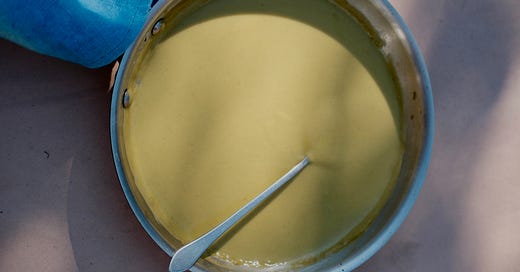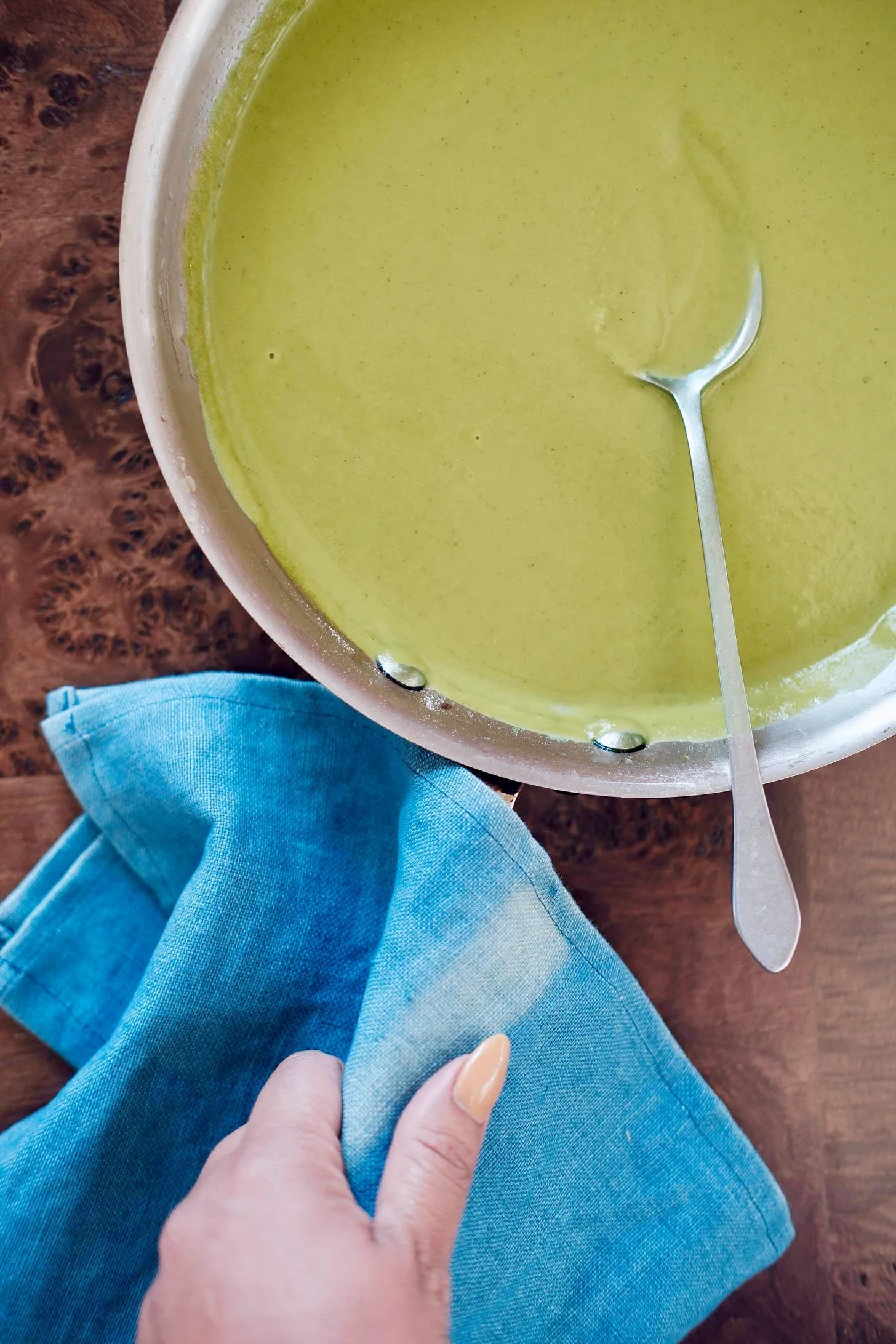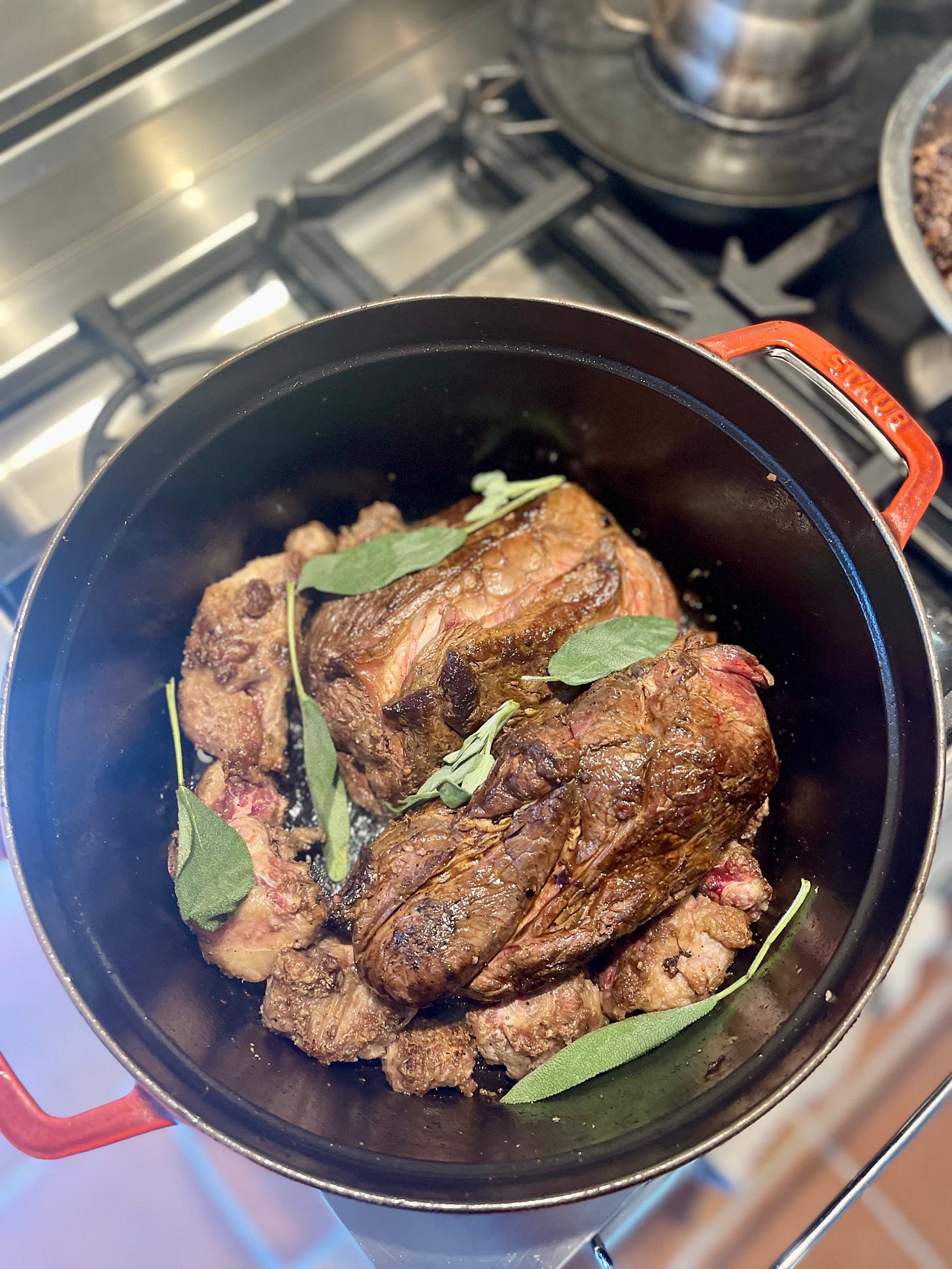A few years ago, I was in a meeting with food photographers and stylists when someone defended their favorite photo by saying, "Everyone loves Thanksgiving.” This was in response to a food photographer who raised concerns that a very autumn-like, very beautiful photograph depicting a traditional Thanksgiving tablescape of roasted turkey, fluffy mashed potatoes, green beans, and pumpkin pie also depicted the genocide of her people.
She was the only Native American food photographer in the group.
I invited her to be part of this group.
Some photographers responded that Thanksgiving has a “different meaning now.” Others living outside the United States said they “did not know the context.”
I decided to be quiet and listen.
While getting together with loved ones to feast seems like such a positive aspect of the holiday, it is also a false narrative of its beginnings, perpetuating colonialism and ignoring more than 400 years of atrocities committed against Native Americans and First Nations people.
My approach as a Brown immigrant woman Indigenous to Turtle Island is to speak of the oppression by cooking dishes that acknowledge the chokehold that the United States has had on Native Americans here and throughout the Americas by destabilizing our nations. This expands beyond our continent.
My inspiration for every year is to cook food that honors those who are oppressed by the United States. I invite you to do the same, perhaps one dish and not the entire menu, but the time you spend cooking and reflecting can be dedicated to the space we all take living on stolen land.
All recipes linked below are free to access via my NYT account.
Paola’s Thanksgiving Menu
To Start
I will pause and honor Palestine's resistance and existence with Reem Assil’s Muhammara (Roasted Red Pepper–Walnut Spread). The Arabic word muhammara translates literally to “something red.” I’m thinking of serving it with a crudité or perhaps tossing roasted vegetables to really let the sweet and tart pomegranate molasses shine through. Get Reem’s recipes in her book, Arabiyya: Recipes from the Life of an Arab in Diaspora by Reem Assil.
The Sides
Sean Sherman’s Wild Rice and Berries With Popped Rice. In the Anishinaabe language, wild rice is “manoomin,” or “good berry,” and is served at many ceremonies in the Great Lakes region, from holiday celebrations to weddings and funerals.
Lucy Buffett’s Oyster Dressing is the only stuffing to care about. Lucy Buffett grew up in Mobile, Ala., where she opened LuLu’s restaurant in Gulf Shores, Ala. The oyster stuffing was always on their family’s Thanksgiving table. It’s always on mine, too. It celebrates corn and our existence as Indigenous peoples of this land. I make mine with Gusto Bread’s Pan de Maíz made with freshly milled cornmeal.
Fadi Kattan’s Tahinia Roast Aubergines. Palestinians cook with eggplant in the most incredible ways. This is one of my favorites, with pomegranate seeds and sweet pine nuts that pop in your mouth.
The 2.0 version of my original Buttermilk-Poblano Gravy, which I originally published on Food & Wine in 2019 that made it to NASA. I know, I said NASA! Food & Wine chose my recipe in celebration of the first-ever harvest of chiles on the International Space Station. I was honored, flattered, and humbled, but also devastated when one of their white editors erased me from that moment and cooked my own recipe for NASA even after I told him this was my recipe to make.
I’m fully aware that I will never see one of my recipes and NASA in one sentence again and that this editor took it away from me: a woman native of the land that gave the world chiles. But hey, the gravy is delicious; it’s velvety with that subtle smokiness of fire-roasted poblanos. This gravy is roux-based, so it maintains the rib-sticking properties that a good gravy should always have. You can pour it all over your mashed potatoes, perhaps dip the turkey in it. It’s tangy, smoky, and a little spicy.
The Main Feast
I dream about Sean Sherman’s Bison Pot Roast With Hominy. I make it every year. The American bison that once roamed the Great Plains were considered sacred animals by the Lakota and other people of the region. It served as a critical food source, celebrated in ceremonies, and honored in prayers.
Dessert
My ideal dessert is always seconds of my favorite savory dish, fruit, or custard. That’s it, full stop. But this year, I have my eyes set on “Mastic tears,” the translucent fragments of tree resin that give off the scent of high, sweet pine in Mouhalabieh, a delicate Arab milk pudding, from the French Palestinian chef Fadi Kattan's cookbook, "Bethlehem."
Rethinking Thanksgiving makes it all taste better.






